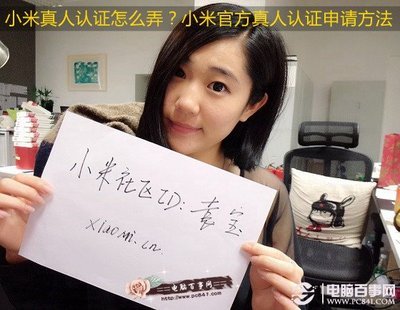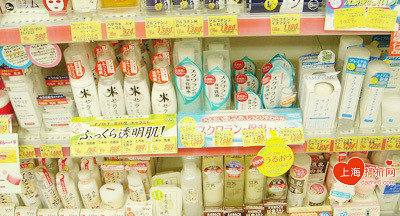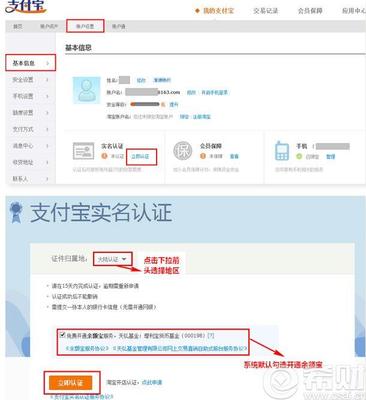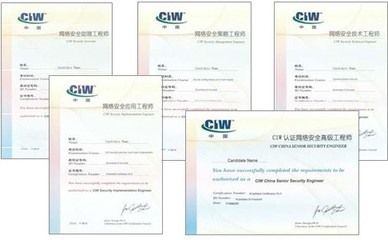日本Japanesecertification VCCIintroductionhttp://www.vcci.jp/vcci_e/index.html
When you would like to shipyour product with VCCI mark or/and register your measurement siteto VCCI, you need to be a member of VCCI at first. More detail,please refer “Guide to Membership of VCCI”. http://www.vcci.jp/vcci_e/general/join/index.html
In this measure of voluntarycontrol the member is obliged to assure that the strength of thedisturbance from his products is contained below VCCI specifiedlevel before distributing them in Japan.
Before the shipment of hisproduct the member shall file conformity verification report toVCCI based on the ITE Class of the product in question and affixthe VCCI mark of the Class on the product. The whole scheme ofvoluntary control is indicated in the followingchart.
Scope ofApplication
The Voluntary Control appliesto the Information Technology Equipment (ITE) to be shipped for thedomestic market in Japan.
Definition ofITE
ITE refers to equipment witha rated power supply voltage not exceeding 600V, which has aprimary function of one or a combination of the followingfunctions-entry ,storage, display, retri, transmission, processing,switching or control of data and of telecommunication messages -and which may be equipped with one or more terminal ports typicallyoperated for information transfer. However, these regulations shallnot apply to the following types of equipment:
1.Equipment which is subject to, or under review of being subject toother standards or laws equivalent in objective to theseregulations in Japan, even if it fits under the definition abovefor ITE. This includes all radio equipment with primary functionsof radio transmission and reception as stipulated in Radio Law orin-vehicle ITEs, and equipment stipulated in the Electric Applianceand Material Control Law, such as household electrical appliances,radio and television broadcast receivers.
2.ITE in telecommunication centers (ITE only used in buildingscontrolled by telecommunication carriers).
3.Control units designed to be used in industrial plants where thedata processing function is a secondary function.
4.Testing and measuring instruments designed to be used forindustrial, scientific, and medical purposes where the dataprocessing function is a secondary purpose (ISMequipment).
5.ITE whose power consumption is 6 nW or less.
Categorization of ITEhttp://www.vcci.jp/vcci_e/general/flow.html
ITE is divided into twocategories, denoted Class B ITE and Class A ITE.
·Class B ITE
·Class B ITE is equipment that satisfies the Class B ITE disturbancelimits. It is intended primarily for use in the domesticenvironment and may include:
1.Equipment, with no fixed place of use; for example, portableequipment powered by built-in batteries.
2.Telecommunication terminal equipment powered from atelecommunication network.
3.A personal computer or portable word processor, as well asperipheral equipment connected to it
4.Facsimile equipment
·Note: A domestic environment is an environment where broadcastradio and television receivers might be used within a distance of10 m from the ITE concerned, in other words, a residentialenvironment.
·Class A ITE
·Class A ITE is ecuipment that satisfies the Class A ITE disturbancelimits but not the Class B ITE disturbance limits.
Confirmation ofCompliance
The member manufacturersshould verify that their ITE products conform to the permissibletolerance of the technical requirements established by the Council.The member manufacturers are required to verify technicalrequirement conformity and submit a report as indicatedbelow.
1. Confirmation of Compliancewith Technical Standards
The member manufacturersshould perform conformity verification tests on their ITE productsto confirm that their ITE products meet the technical requirementsestablished by the Council. Conformity verification tests shall beperformed at measurement facilities, which are registered atVCCI.
2.Registration ofCompliance
The member manufacturersperforming conformity verification testing of their ITE product(s)should present a "Conformity Verification Report," using thespecified form to the Council for its approval prior to shipment ofthe ITE products.
·Note: I takes about one week to issue an electrical acceptanceof "Comformity Verification Report".
Labeling Units
ITE for which the membermanufacturer has filed a conformity verification report shalldesignate the fact using a label for Class A ITE and a mark/logofor Class B ITE.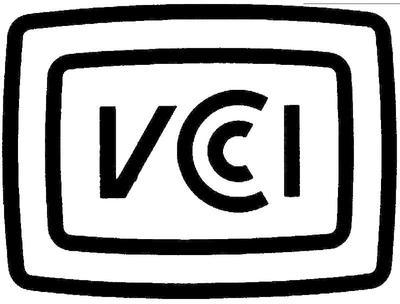
The Council has specifications concerning the use of the label andmark/logo in catalogs and instruction manuals. Member manufacturersshould place the labels and marks for their respective ITE in amanner which is easily visible and in accordance to thesespecifications.
(1)Class A ITE shall have the following message on a visiblelocation on each product.
Translation: This is a ClassA product. In a domestic environment this product may cause radioinferference in which case the user may be required to takecorrective actions.
(2)Registered Class B ITEshall have the following label in a visible location on eachproduct:
 爱华网
爱华网
